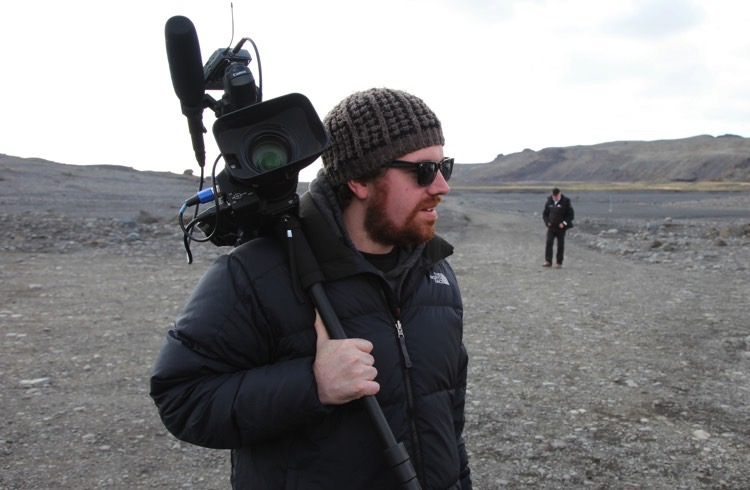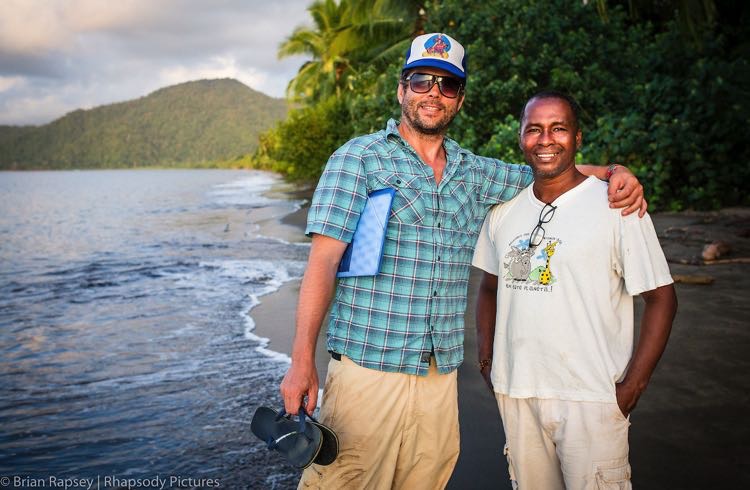It's one thing to know how to make a great documentary, but when it comes to funding or distribution, you'll need to know how to pitch.
 Photo © Katy Roberts
Photo © Katy Roberts
As a documentary filmmaker, at some point, you will find yourself pitching your work in order to get it funded, produced, finished or in front of an audience. Here are some key considerations when pitching.
- Have a One-liner
- Pitch with Access
- Do Your Research
- Have Something to Show
- Share Your Creds
- Follow Up
Have a one-liner
It can seem reductive to distill your story into a single sentence, but it is a useful asset to have for pitching in any environment. In-person, regardless of whether you regurgitate the line, the process of having to condense your story will help you to communicate it succinctly. On paper, your pitch may be reviewed by a commissioner or buyer alongside 50 others, so having a strong one-liner could decide whether or not they invest more time in reviewing your pitch.
Pitch with access
Don’t pitch your documentary without confirming access to the key people, places or events that will appear in your film. Without this access confirmed, or at least in negotiation, it's difficult for anyone to support the project financially, as there is a risk it may never be secured. Be sure to communicate the status of the access when you pitch, even if it’s still in progress.
Do your research
Before you pitch, do some basic background research on the person you are pitching to, and the company they represent. Take some time to look through some of the work they have recently commissioned or been directly involved with. Research the types of stories they are attracted to, as well as the style and formats they’re told in.
Through this process, you may realize that a few small changes to your project, or how you position the story, could make the pitch more attractive to the people listening to your pitch. If you haven’t had the opportunity to do this, asking them what they are looking for can be a good place to start.
Have something to show
A short video clip that demonstrates your pitch will fast-track the conversation and can be a huge advantage. Don’t get hung up on making a trailer; a short engaging scene of your central character or event is enough.
Consider the quality of the video you’re sharing in relation to the experience your team has. If you’re a less-experienced team, make your pitch video the highest quality you can deliver, as this will demonstrate your skillset. A more experienced team, with a strong track record of projects behind it, may be able to get away with a lower-quality video, that only demonstrates character or story.
Share your creds
So they like your idea, and they know you have access – the next thing you need to pitch is yourself, and the team behind you. Do you and the team have the experience to produce the documentary you’ve pitched? Be sure to include short bios, but most importantly, include examples of your team’s work. Showcase your track record. If you’re working with an emerging team with fewer credentials, consider approaching a more experienced filmmaker to form part of your team, in a supervisory capacity.
Follow up
Even if you weren’t successful with your pitch, closing the loop on your conversation appropriately is important. Whilst your pitch might not have been right this time, use this as an opportunity to establish a connection with who you are pitching to, so you can build on it when you bring them, or their company, your next idea.
Ask for feedback, if it hasn’t been offered already, and take these insights on board for your next pitch.
Related articles
Simple and flexible travel insurance
You can buy at home or while traveling, and claim online from anywhere in the world. With 150+ adventure activities covered and 24/7 emergency assistance.
Get a quote
No Comments